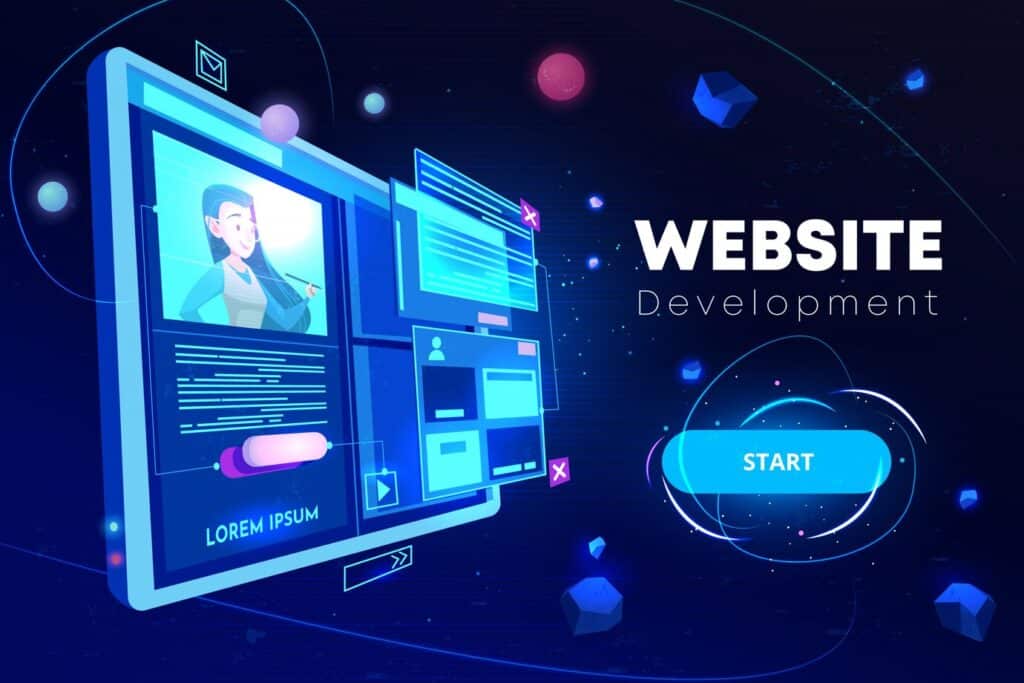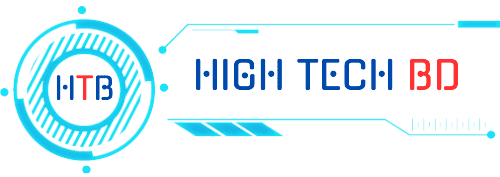Website design with development
In the digital age, businesses, brands, and individuals rely on their online presence to communicate value, attract customers, and foster connections. This is where the synergy between design and website development plays a pivotal role. Together, they transform static ideas into dynamic, engaging platforms that cater to user needs while achieving business goals. This comprehensive guide explores why integrating design with development is crucial, the benefits it brings, and best practices for creating a seamless digital experience.

Understanding the Importance of Web Design in Development
Web design is the process of creating the visual elements of a website. It involves crafting layouts, selecting colors, choosing typography, and designing interactive components that create a cohesive and aesthetically pleasing user interface (UI). While web design primarily focuses on the appearance and usability of a website, it also plays a key role in user experience (UX). Poor design can drive visitors away, while thoughtful, intuitive design encourages engagement and repeat visits.
On the other hand, website development involves turning these designs into functional websites using coding languages such as HTML, CSS, JavaScript, and server-side scripting. Development brings the visual and structural elements to life, making sure the website not only looks good but also performs well, functions properly, and is optimized for various devices and browsers.
The Role of Design in Web Development
When design is considered at every stage of website development, the outcome is a cohesive, well-functioning platform. Here’s why the design phase is essential for web development:
User-Centric Focus: A website’s primary goal is to serve its audience. Good design ensures that users can find what they need easily, navigate effortlessly, and have a satisfying experience. This focus results in higher user retention and engagement.
Brand Consistency: Design elements such as logos, color schemes, and fonts should align with a brand’s identity. Consistency helps build trust and brand recognition, reinforcing the website as an extension of the company’s values and mission.
Enhanced Accessibility: Inclusive web design ensures that all users, including those with disabilities, can access and interact with a website. Incorporating accessibility best practices, such as providing alt text for images, keyboard navigation, and clear contrast ratios, is both a design and development responsibility.

Integrating Design and Development for SEO Benefits
SEO (Search Engine Optimization) ensures that a website ranks well in search engine results, driving organic traffic. The integration of thoughtful design with web development contributes significantly to a website’s SEO performance in the following ways:
Optimized Page Speed: Design and development teams should collaborate to create lightweight designs and utilize efficient coding practices. A slow website can lead to high bounce rates, which negatively impact SEO. Fast-loading pages, on the other hand, improve the user experience and boost rankings.
Responsive Design: Websites must be responsive, meaning they adapt seamlessly to various screen sizes and devices. This design choice is crucial for mobile-first indexing, where Google primarily uses the mobile version of a website for ranking and indexing.
Clear Navigation and Structure: A well-structured design with intuitive navigation helps search engines crawl and index content efficiently. Sitemaps, header hierarchies, and breadcrumbs contribute to a better user and search engine experience.
Content Placement and Readability: Well-designed layouts that emphasize the placement of headers, subheaders, and multimedia not only enhance UX but also provide SEO benefits. Search engines favor pages where content is clear, engaging, and easy to read.

Best Practices for Merging Design with Development
Collaborative Planning: From the initial brainstorming phase, designers and developers should work in tandem. A collaborative approach helps both teams understand constraints, possibilities, and requirements. This synergy can prevent issues such as overdesigned elements that complicate coding or technical features that limit creative design.
Prototype and Test: Before coding begins, it’s beneficial to create prototypes or wireframes of the website. Tools like Figma or Adobe XD allow designers and developers to map out the structure and functionality of the site, ensuring everyone is aligned. User testing at this stage can also highlight potential pitfalls before extensive development starts.
Utilize Modern Technologies:
Developers should leverage frameworks and libraries that support modular, scalable, and maintainable code. CSS preprocessors like SASS, JavaScript libraries such as React, and responsive design frameworks like Bootstrap can accelerate the development process without compromising design quality.
Ensure Security and Compliance: Both design and development should factor in website security. This includes ensuring secure coding practices, safeguarding user data, and adhering to standards like GDPR (General Data Protection Regulation).
The Benefits of a Cohesive Approach
When design and development are seamlessly integrated, the result is a website that provides:
Enhanced User Engagement: Well-designed websites keep users on the page longer, exploring content, interacting with features, and making conversions. Integrating interactive elements, such as sliders, videos, and animations, can add visual interest and improve user engagement.
Better Conversion Rates:
A cohesive, thoughtfully developed website guides users toward specific actions, such as signing up for a newsletter or completing a purchase. Strategic placement of call-to-action (CTA) buttons, clean forms, and easy navigation all contribute to higher conversion rates.
Improved SEO Performance: The combined efforts of a user-friendly design and efficient development practices yield an optimized website. Clean code, mobile responsiveness, fast loading speeds, and good content structuring all play a part in improving SEO performance.
Reduced Bounce Rates: A design that is visually appealing and functional minimizes the chances of users bouncing back to search results. Paired with rapid loading times and interactive features, users are encouraged to stay longer, reducing bounce rates and positively impacting SEO.
Common Pitfalls and How to Avoid Them
Design Overload: Overloading a site with complex graphics or animations can slow down performance. To avoid this, prioritize essential design elements and work closely with developers to ensure they are optimized for speed.
Ignoring Mobile Users: With the majority of users browsing from mobile devices, failing to prioritize mobile design can be detrimental. Design should start from a mobile-first perspective, adapting content and layout for smaller screens.
Lack of User Testing: Skipping user testing can lead to undetected usability issues. Regular feedback loops and testing on different devices and browsers can catch problems before launch.
Future Trends in Design and Development Integration
The landscape of web design and development continues to evolve. The future promises even greater integration of design and development, with trends such as:
AI-Driven Design Tools: These tools can automate certain aspects of design, making it easier for developers to implement complex designs efficiently.
Voice User Interface (VUI): Websites are starting to include voice commands and conversational interfaces to enhance accessibility and user experience.
Motion UI: Subtle animations and transitions are becoming essential for modern web design, adding a layer of interactivity and engagement.



